Composting is a cornerstone of sustainable gardening, offering a natural and eco-friendly way to enrich your soil while reducing waste. For those seeking effective natural composting solutions, the options are vast, ranging from traditional methods to innovative DIY approaches. Whether you’re new to composting or looking to enhance your current routine, understanding the basics of natural composting can make all the difference. This guide explores everything you need to know, from how to compost naturally to discovering the best accelerators and methods that simplify the process. By mastering these techniques, you can create a thriving garden ecosystem that benefits both plants and the planet. Are you ready to unlock the secrets of natural composting? Let’s dive in and discover how you can achieve garden health through simple, effective solutions.
How to Compost Naturally
Composting is an eco-friendly way to transform organic waste into nutrient-rich soil amendment. Here’s a step-by-step guide to help you get started:
- Collect Materials: Start by gathering kitchen scraps like fruits, vegetables, coffee grounds, and eggshells. Avoid meats and dairy to prevent attracting pests.
- Include Yard Waste: Add leaves, grass clippings, and chopped branches (avoid large branches). Steer clear of diseased plants and weed seeds to prevent garden contamination.
- Add Soil and Water: Create a base layer of soil or well-rotted manure. Moisten it thoroughly before adding your compost materials. Regular watering is crucial for decomposition.
- Choose a Location: Select a spot away from buildings and trees to minimize pest attraction. Consider using a shaded area to retain moisture and reduce weed growth. Cover with a tarp if needed.
- Aerate the Pile: Turn the compost periodically to introduce air, supporting beneficial microorganisms. Aerate further by mixing or turning the pile every few weeks.
- Monitor Progress: Check the compost every 2-3 weeks. If it smells off, adjust by adding more brown materials (carbon) or aerating further. Use a shovel to turn it when it’s ready to use.
- Apply Mulch: Sprinkle mulch over the pile to retain moisture and suppress weeds. Shred materials into small pieces to accelerate breakdown.
- Consider Containers: Use a bin or wire frame for containment, especially if you have animals. Keep a separate bin for fatty tissues, oils, and chemicals to prevent contamination.
- Balance Green and Brown: Alternate layers of green (nitrogen-rich) and brown (carbon-rich) materials to create a balanced compost environment.
By following these steps, you’ll soon have rich compost ready to enhance your garden. Adjust as needed based on your compost’s progress and local conditions.
The Best Natural Compost Accelerators
Composting is a natural process that transforms organic waste into valuable soil amendments. While composting can occur naturally, certain materials act as accelerators, helping to speed up the decomposition process. Here are some of the best natural compost accelerators:
- Alfalfa Meal : Known for its high nutrient content, alfalfa meal is a popular compost accelerator. It provides essential nutrients and supports the growth of beneficial microorganisms, making it a great addition to compost piles.
- Green Sand : Green sand, particularly black rock sand, is rich in trace minerals. These minerals play a crucial role in breaking down organic matter efficiently, making it a useful accelerator for composting.
- Bone Meal : Bone meal is another effective accelerator, offering calcium and phosphorus to the compost mix. These nutrients promote healthy plant growth and contribute to the decomposition process.
To maximize the effectiveness of these accelerators, consider the following tips:
- Mix accelerators thoroughly with compost materials for even distribution.
- Moisture is key – keep the compost pile damp but not waterlogged.
- Turn the pile regularly to introduce oxygen and promote aerobic bacteria.
- Monitor the temperature; ideal composting temperatures range between 50°F to 120°F (10°C to 50°C) for efficient breakdown.
Experiment with different accelerators to find what works best for your specific composting setup. Whether you choose alfalfa meal, green sand, or bone meal, these natural additives can significantly enhance your composting efforts and yield richer, more nutritious soil for your garden.
Do Coffee Grounds Speed Up Composting?
Coffee grounds play a beneficial role in composting, contributing to a faster decomposition process and enriching the soil.
- Decomposition Assistance: Coffee grounds act as a natural accelerant for composting. They release heat as they decompose, which speeds up the breakdown of other organic materials.
- Carbon-Nitrogen Ratio: Coffee grounds typically have a carbon-to-nitrogen (C:N) ratio of around 24:1, which is ideal for composting. This balance promotes efficient decomposition and nutrient retention.
- Pest Repellent: Coffee grounds emit compounds that can deter pests, reducing the need for chemical interventions in your compost pile.
- Layering Tip: Layer coffee grounds between wet and dry ingredients in your compost bin to encourage airflow and prevent mold growth.
By incorporating coffee grounds into your composting routine, you not only accelerate the process but also create a nutrient-rich amendment for your garden. Always mix grounds with other organic materials for optimal results.
For more insights on sustainable gardening practices, explore Old Seed’s comprehensive guide .
The Laziest Way to Compost
The simplest and most effortless method to compost is by using a compost bin and letting nature take its course. This approach requires minimal effort and allows the organic waste to decompose on its own. Here’s how it works:1. **Choose a Compost Bin**: Select a sturdy, weatherproof bin to keep your compost contained and protected from pests and wildlife.2. **Add Organic Waste**: Start by adding kitchen scraps, vegetable peelings, and yard waste. Avoid meats, dairy, and fatty foods, as they can attract pests and lead to unpleasant odors.3. **Location Matters**: Place the bin in a shaded area to keep it moist, which aids decomposition. Ensure the area is well-drained to prevent excessive water buildup.4. **Let It Decompose**: Once everything is in the bin, walk away. The compost will heat up and break down on its own without needing frequent turning or stirring.This method is ideal for those seeking a low-maintenance solution to recycling organic waste effectively.
Is It Better to Compost in the Sun or Shade?
Composting success depends on several factors, including location, temperature, and moisture. Here’s a breakdown of composting in the sun versus in the shade:
Advantages of Composting in the Shade
- Temperature Control: Shade prevents the compost from overheating, which can harm beneficial microorganisms and kill earthworms.
- Moisture Retention: Shade helps maintain moisture levels, preventing the compost from drying out and avoiding the risk of “burn” from excessive heat.
- Aeration: Shade allows for consistent airflow without extreme heat, supporting aerobic decomposition.
- Earthworm Friendliness: Earthworms thrive in shaded environments, aiding in aerating the soil and breaking down organic matter more efficiently.
When to Compost in the Sun
- For Woody Materials: Branches, twigs, and other hard materials can withstand sunlight and may benefit from drier conditions.
- Seasonal Considerations: In regions with mild weather, some materials can handle sun exposure without issues.
Best Practices for Both Locations
- Mix green materials (e.g., grass clippings) with brown materials (e.g., dried leaves) to balance nitrogen and carbon.
- Turn the pile regularly to promote airflow and prevent stagnation.
- Consider separating materials based on their sun tolerance to optimize decomposition rates.
Conclusion
While composting in the shade is generally recommended to support optimal conditions for microorganisms and earthworms, you can successfully compost in the sun by choosing appropriate materials and monitoring your pile. A balanced approach, combining both locations, can enhance your composting efforts and yield richer, nutrient-rich soil.
Can I Just Throw Vegetable Scraps in My Garden?
Yes, you can utilize vegetable scraps in various ways to benefit your garden and household. Here’s a guide on how to handle them effectively:
- Composting: – Vegetable scraps are excellent for composting. They break down quickly and add valuable nutrients to your soil. – Avoid composting onion and garlic peels due to their strong odor, as well as potato scraps to prevent sprouting. – Citrus peels are acidic and should be avoided in compost piles.
- Feeding Animals: – Many animals, like chickens and compost worms, can safely consume vegetable scraps. – Onions and garlic can be harmful to pets, so keep them away from cats and dogs.
- Community Gardens or Food Banks: – Share surplus vegetable scraps with local community gardens or food banks to help those in need.
- Cooking and Kitchen Use: – Use vegetable scraps in soups, stocks, and stir-fries to add extra flavor and nutrition. – Grind onion and garlic skins into small pieces to feed chickens without attracting pests.
By responsibly managing vegetable scraps, you can minimize waste and enhance both your garden and your cooking.

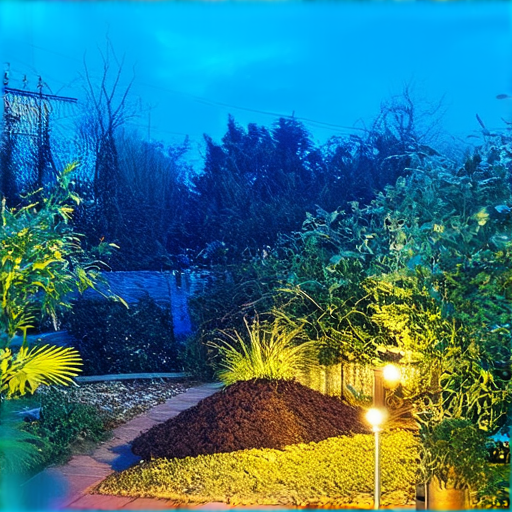
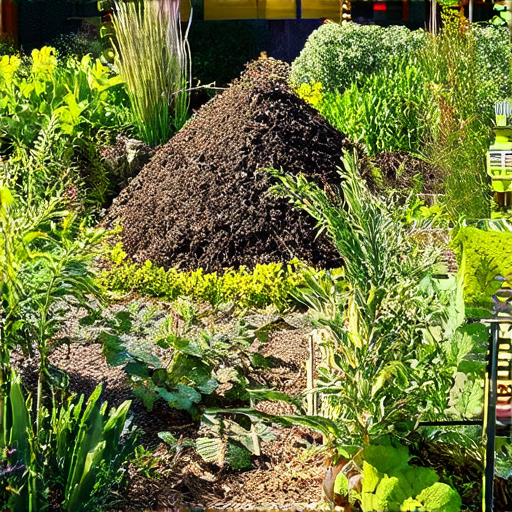
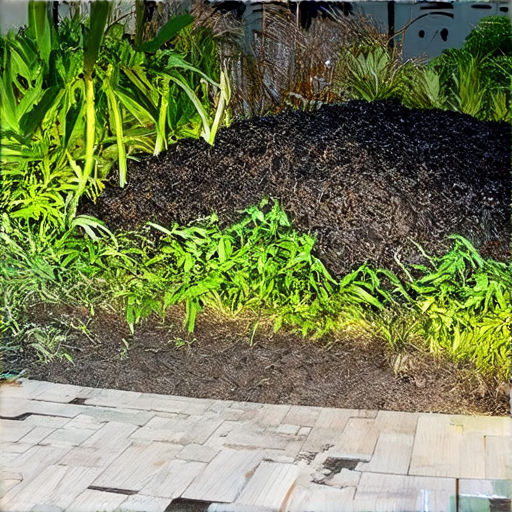
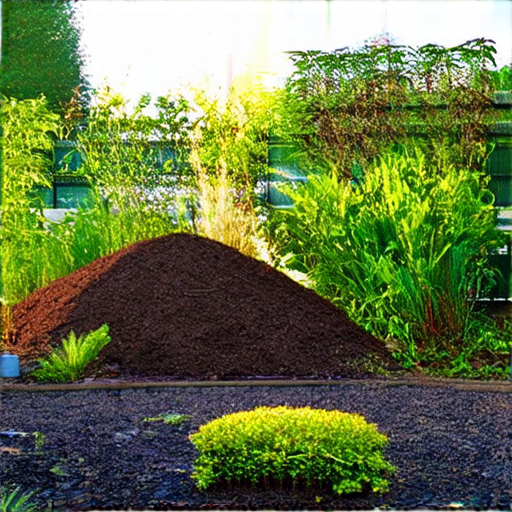
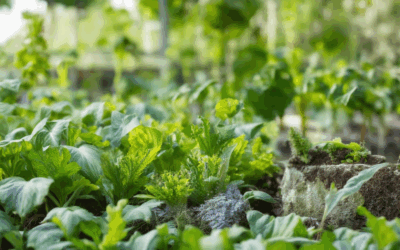
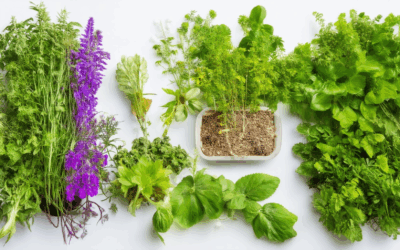
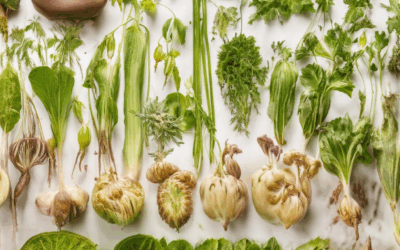
0 Comments